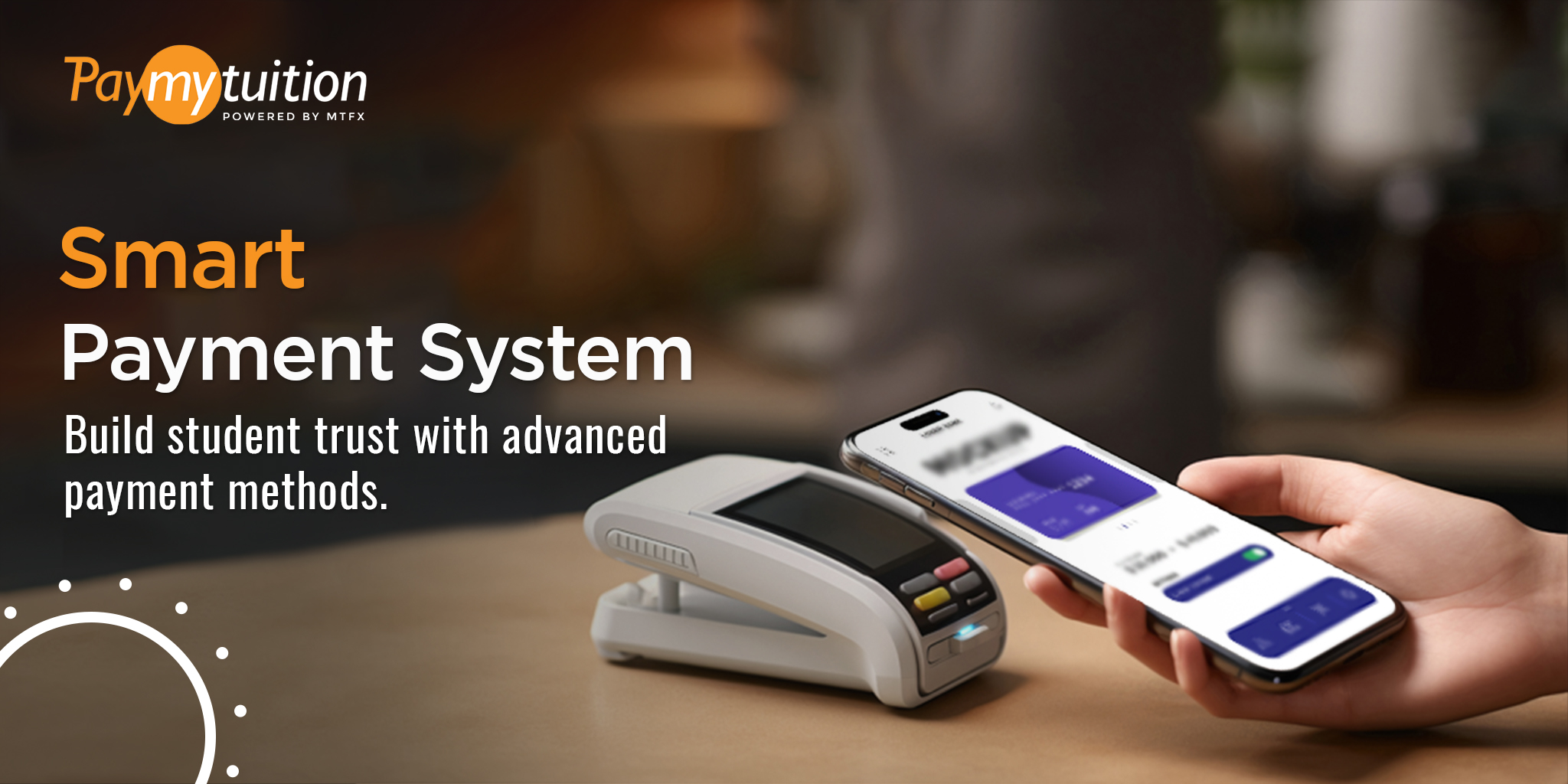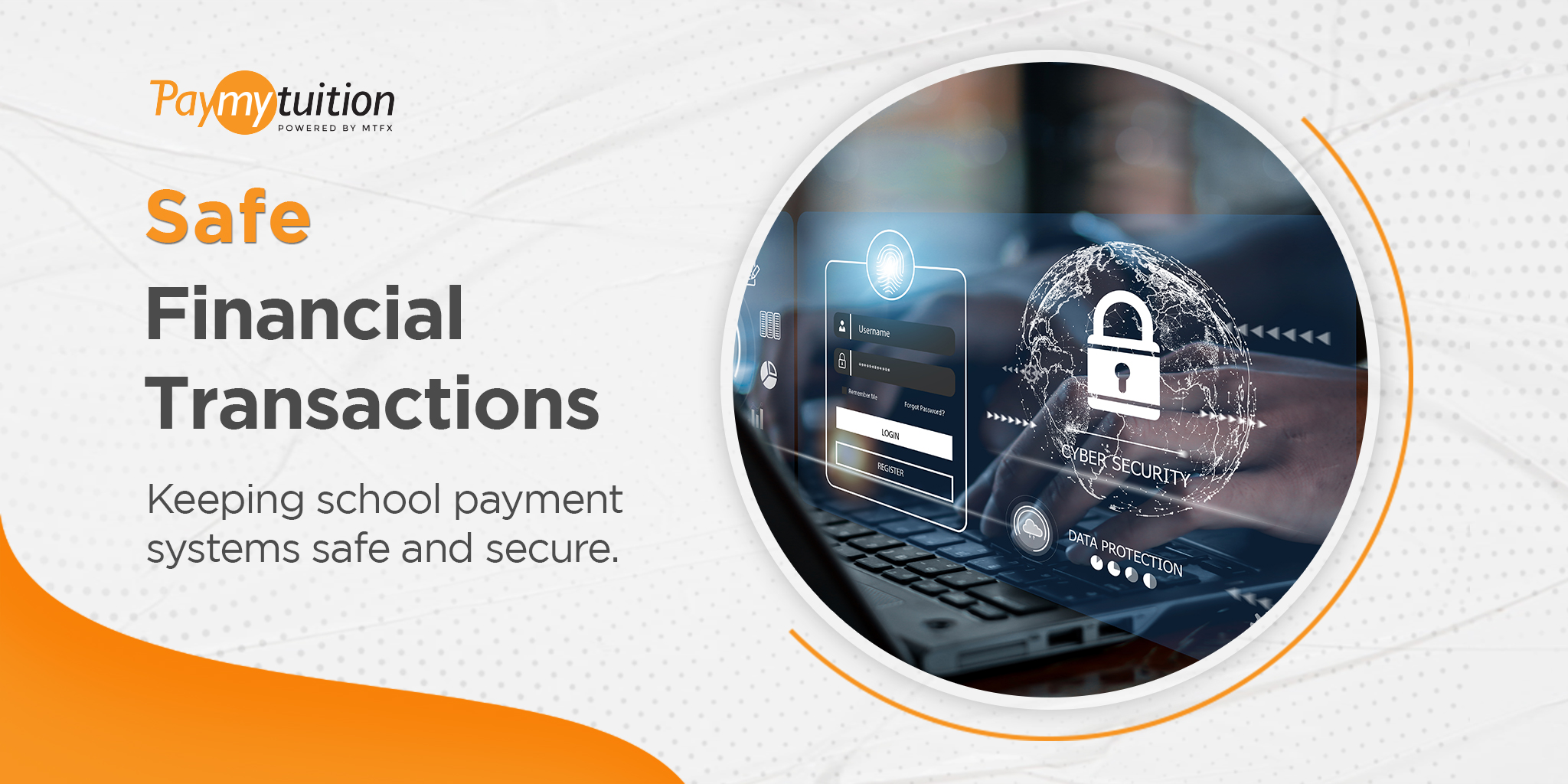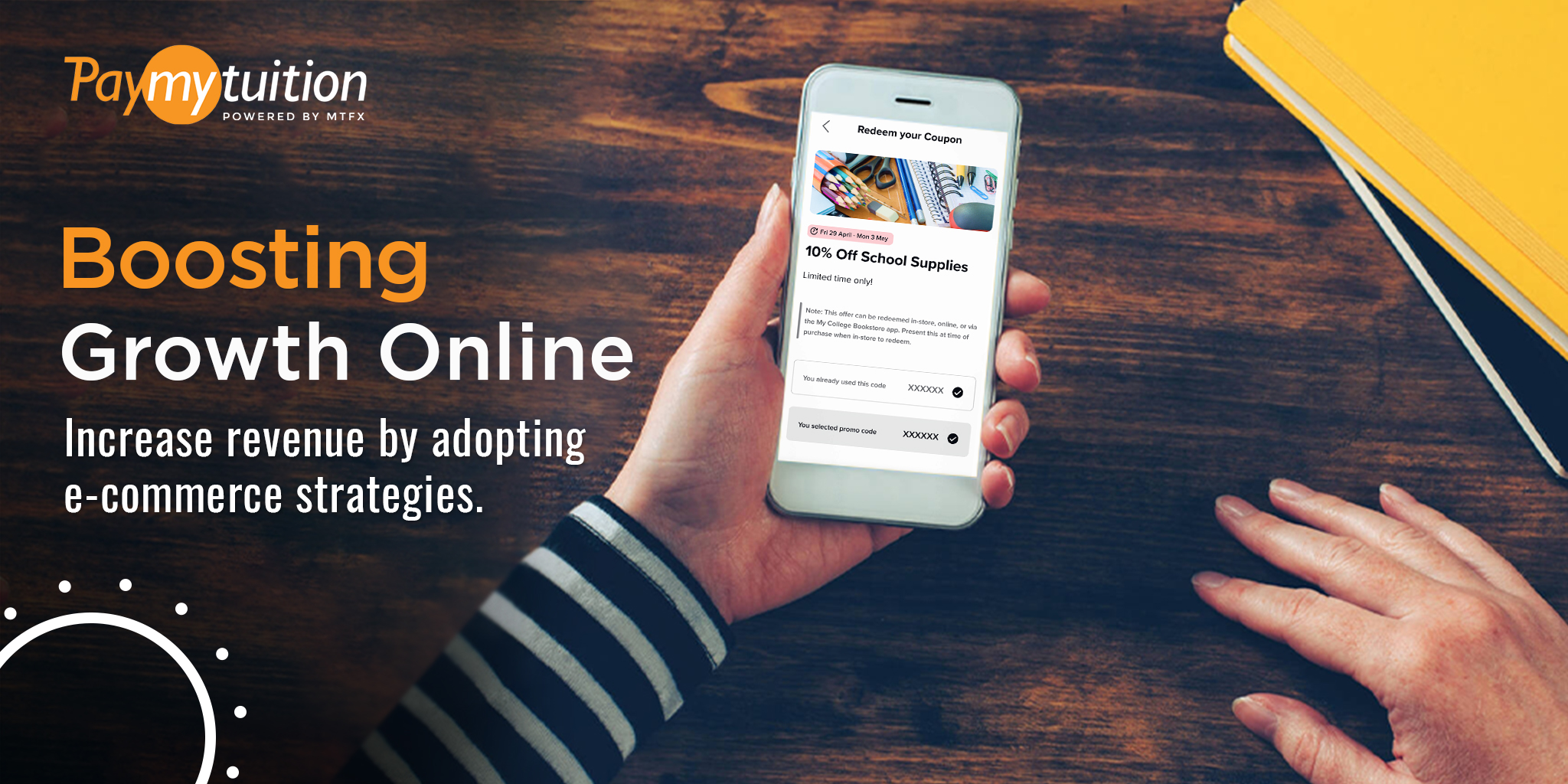Blockchain 101 for Higher Education Leaders

Blockchain technology has a new relevancy in higher education. Some universities - MIT, for example - are offering courses in blockchain technology, and others are even investing in bitcoin for higher returns in their fund portfolios. The bottom line is that blockchain programmers are in high demand, and universities have been slow on the uptake in responding to this new technology.
The important thing about blockchain goes beyond the history of bitcoins. Administrators don't even have to have a detailed understanding of blockchain technology. Mastering the latter requires computer hardware equipment and programming the software algorithms with their complex math solutions. Rather, think of blockchain as a hack-proof ledger that (or spreadsheet) everyone can see and access, and which has definite applications in the future of higher education.
What is blockchain, really?
Blockchain is a computer technology that resulted in the rise of bitcoin and other digital currencies. It is a system where geographically separated users can store, verify and trust the information they need to do business. The key is security and trust. Blockchain meets those criteria in a unique way.
In layman's terms, blockchain is a database. However, blockchain differs from the traditional collection of data in that it exists on multiple computers simultaneously. As a database, it grows as new "blocks" of records are added to it. Each block gets a timestamp and a link to the one that preceded it. A metaphor for blockchain could be a timely, accurate and unchangeable personal health record with timestamps that link each entry documenting the patient's medical history.
The links in the blockchain form a chain of data, but the resulting database is not subject to management by any particular person or organization. So, everyone in the network receives the whole database. As new blocks are added to the ledger, older blocks are preserved permanently in an irreversible process. It is impossible to fake the database information, because only authorized users who own a cryptographic key can add new records to a particular chain. Likewise, the blockchain database stays current on authorized computers through synchronization cryptography.
An example of blockchain in academic records
Think of blockchain in terms of a digital academic record. Every course the student takes is a block that has a label stating when the course was completed and what grade the student earned. The student's academic history is important as a permanent record, so no unauthorized person will be able to modify course records already entered.
However, the academic office's authorized person must own a private key to allow him or her to enter updated course information. In turn, the student owns a public key for authorized access to his or her own course completion or other portfolio information at any time with total reliability that the information is authentic, but in distributed ledgers. With blockchain, the faculty or academic program staff could take on the role of someone authorized to verify student credentials. They would do that through time-stamping with access keys that are instantaneously and securely validated.
Keeping academic records in distributed ledgers means that students can access the nitty-gritty of their academic records and share them quickly with friends, partners and employers. Presently, the only way to verify someone's academic credentials is to contact the registrar and pay for an embossed, mailed transcript. The critical point here is that blockchain resolves one of the most difficult challenges facing higher education: how to maintain a secure and validated academic record that many authorized and trusted people maintain. The middle link, i.e., the busy registrar's office, is bypassed.
So, using blockchain makes data accessible as well as secure. As we shall discuss, there are blockchain applications across other academic disciplines as well as in business and industry.
What blockchain can do
Blockchain development is in its early stage. It has the potential to disrupt and revolutionize the global financial services industry. Financial services comprise the world's largest potential in terms of capitalization. Blockchain can also eliminate the extra links involved in centralized financial transactions. Blockchain will allow financial transactions directly between parties without the intermediary - with security, traceability and perfect transparency. Remove the intermediary and bypass service charges, and you reduce the cost of doing those transactions as well as shore up transaction security.
In other industries, blockchain can serve as a secure ledger to record and expedite logistics processing and supply chain accountability, for example. Blockchain also has applications in automated contracts, in which both parties agree that the exchange of goods, services and compensation can occur when certain pre-programmed conditions are met.
In other sectors, IBM reports heightened interest across government agencies for developing blockchain initiatives. Gartner, in one astonishing prediction, purports that blockchain will exceed $3.1 trillion in added value to businesses.
Blockchain skills are in high demand
So, blockchain applications encompass the gamut of marketable skills, which, in addition to basic core computer science fundamentals, can be leveraged with a degree in computer science. Blockchain programmers, by the way, earn six-figure yearly salaries. Universities have yet to catch up with the demand for blockchain programmers. According to a piece on MakeUseOf.com, companies are resorting to turning to freelance developer talent. In the first quarter of 2018, for example, the demand for blockchain skills "exceeded 2,000 percent for three quarters in a row."
So, universities must begin to offer courses on the application of blockchain and its potential for differentiation. As an interim solution, universities should start with a certificate program and develop their degree program in the long term. Also, consider the implications that blockchain basics spill into business strategies and product development - each of which will prepare students for a wide variety of careers.
Other blockchain implications for higher learning institutions
Blockchain adoption will impact other facets of higher education. For example:
1. Financial aid-Private lenders and the sponsoring federal agencies could make payment contingent on course completion, rather than seat time.
2. Detailed access to student accomplishments / projects-universities could place student portfolios or significant coursework on the blockchain so that prospective employers can access those achievements.
3. Expedite student payment verification-blockchain can stimulate as well as simplify radical innovations for student payments and student identification administration.
The bottom line
Blockchain has implications across disciplines. Virtually every department of the university could be affected. Blockchain development can, in turn, stimulate opportunities for research dollars and industry outreach through working groups across every department. University officials should begin by exploring the work-intensive areas - financial aid, and scholarship administration - where blockchain can make the university operation more efficient and responsive to student learning.
Recent Posts





